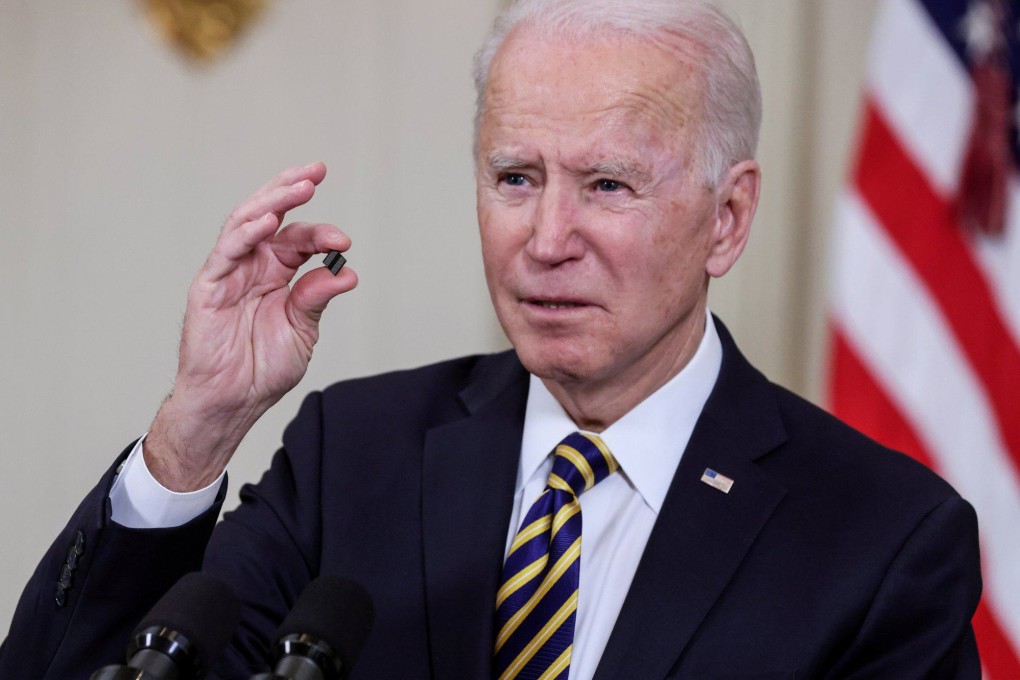Inside Out | Like all wars, the US tech war on China is proving costly and pointless
- The US is recklessly forging ahead with a campaign to block China, in particular telecoms giant Huawei, from access to the global market and advanced technologies
- Yet as China continues to lead in 5G innovation and has made strides in developing its own microchips, the US is hurting both itself and its allies

For a country so profoundly familiar with wars worldwide, it is a puzzle to me where such myopic naivety comes from, and why it persists.
Surely the principal lesson of war is that it is catastrophic for all parties concerned, bystanders included, and should be avoided at all costs. Unlike democracy, which Winston Churchill described as “the worst form of government – except for all the others that have been tried”, wars are the worst way of settling arguments, with no exceptions.
The same surely goes for trade wars, and in particular the technology war that the Trump administration launched on China in 2018, and on which President Joe Biden’s administration has doubled down.
As Secretary of State Antony Blinken elaborated recently, “China is the only country with both the intent to reshape the international order and, increasingly, the economic, diplomatic, military and technological power to do it.”
While I flatly disagree with Blinken’s ideas on Beijing’s intent, there can be no doubting China’s rising capabilities, or the Biden administration’s determination to pursue its technology war against China – whatever the eventual self-harm, and damaging consequences for all concerned.
